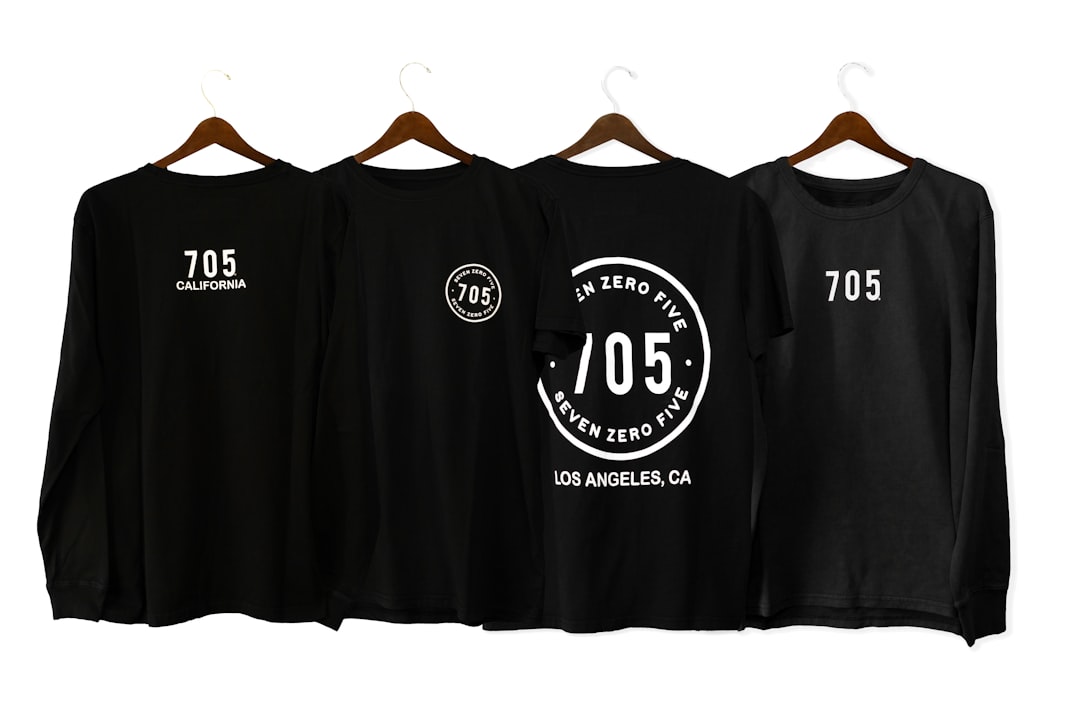In today’s hyper-visual and brand-saturated world, logos are no longer just symbols—they are strategic tools of communication and identity. Whether worn on a t-shirt, a cap, or displayed on a tote bag, a logo can make or break how the public perceives a product or a brand. As merchandising continues to evolve with cultural trends and consumer expectations, the role of logos in apparel and accessories becomes increasingly vital for brand engagement and profit.
TLDR
Logos on merchandise like t-shirts, caps, and tote bags play a critical role in driving sales and building brand identity. Successful designs are not just about aesthetics—they tap into emotional connections, cultural relevance, and visibility. Placement, quality, and alignment with the audience’s lifestyle are key factors to consider. Brands that master logo merchandising often see increased loyalty, revenue, and influence.
The Power of the Logo
A logo is more than a decorative imprint; it’s a distilled visual representation of a brand’s mission, values, and personality. When applied effectively on merchandise, it does three key things:
- Captures attention: A well-designed logo is instantly recognizable and sparks curiosity.
- Reinforces identity: Repetition across items helps consumers associate particular traits with the brand name.
- Encourages loyalty: Fans and followers become walking ambassadors of the brand.
In short, when a consumer chooses to wear or carry something with a logo, they are making a statement—not just about the company, but about themselves.
Why T-Shirts, Caps, and Totes?
Not all merchandise is created equal. T-shirts, caps, and tote bags dominate the branded merch space for several important reasons:
- T-Shirts: Versatile, unisex, and universally relevant. They offer ample real estate for logo exposure and are often used for promotions, events, or product launches.
- Caps: Highly visible and practical, caps offer mobile advertising with a casual, cool edge. They also appeal to a wide demographic range.
- Tote Bags: The eco-conscious choice that boosts brand visibility in public places like supermarkets, bookstores, and fitness studios.
These items live at the intersection of form, function, and visibility—making them ideal for showcasing logos.

Designing for Impact
The success of logo-branded merchandise is all about design. A poorly placed or unattractive logo can fail to generate interest, while a clean, well-integrated one can become iconic. Here are key elements to consider:
1. Placement Matters
Logo placement can dramatically affect both the appeal and effectiveness of the merchandise. For instance:
- T-Shirts: Chest, sleeve, or back-of-neck placements are popular. Oversized logos can work for bold campaigns.
- Caps: Front-center is classic, but side or back placements add a modern twist.
- Totes: Center-front is typical for high visibility, but edge or bottom placements can suggest uniqueness.
2. Stay On-Brand
Use colors, typography, and visual language that align with your brand’s identity. Consistency increases recognition.
3. Simplicity Sells
Logos should be clear and readable—even from a distance. Minimalist designs work well, especially when screen-printed or embroidered.
4. Quality Equals Perception
High-quality fabrics and printing techniques elevate the perceived value of the merchandise. If the product itself looks cheap, it can reflect poorly on the brand, no matter how well-designed the logo is.
Examples of Success
Several global and niche brands have mastered the use of logos on merchandise:
- Supreme: Their simple red box logo has become an urban symbol of prestige and counterculture. Limited drops and collaborations fuel demand.
- Apple: Subtle use of the Apple logo on caps and shirts portrays innovation and chic minimalism.
- Museum and Cultural Institutions: The MoMA tote bags are iconic among art lovers and tourists, blending cultural clout with functional design.
Emotional and Cultural Resonance
People don’t buy branded merchandise just because they need another shirt or bag. They purchase them because of what the brand—and by extension, the logo—represents. When a logo connects to personal identity, political stance, or cultural moment, its influence multiplies.
For example, when Patagonia places their mountain range logo on a tote bag, it’s not just natural imagery—it signals environmental responsibility, activism, and outdoor adventure. Wearing it shows alignment with those values.

Skimping Doesn’t Pay Off
Too often, small businesses or new brands rush to put their logo on merchandise without the strategic planning that larger brands undertake. This can lead to high costs and low returns if the merch doesn’t resonate.
To create merchandise that actually sells, avoid these common mistakes:
- Inconsistent Branding: Using outdated logos or off-brand colors confuses the consumer.
- Weak Design: A logo that’s too large, pixelated, or in awkward placement detracts from the item’s appeal.
- Poor Quality: Cheap shirts, itchy caps, or poorly stitched totes reflect badly on your brand’s reputation.
Trends to Watch
The world of logo-branded merchandise is always evolving. Staying ahead of trends ensures your merch remains relevant and desirable.
- Sustainability: Eco-friendly materials and ethical production processes are now expected by many consumers.
- Streetwear Influence: Bold placements, oversized logos, and irony-laced design tap into modern fashion sensibilities.
- Limited Editions: Releasing limited runs creates urgency and exclusivity, particularly for brand loyalists.
- Collaboration Culture: Partnering with artists or other brands can elevate both brand perception and market reach.
Conclusion: Making Logos Work for You
Merchandise like t-shirts, caps, and totes can be much more than swag—if approached the right way. A powerful logo on well-designed, high-quality merchandise turns passive consumers into active ambassadors. It’s not just about sticking your logo everywhere; it’s about integrating your brand into people’s lifestyles, values, and daily routines.
In a saturated marketplace, thoughtful logo merch is a distinctive, scalable marketing channel and, at its best, a form of cultural currency. The brands that succeed are the ones who recognize that a logo is not just a mark—it’s a message.



